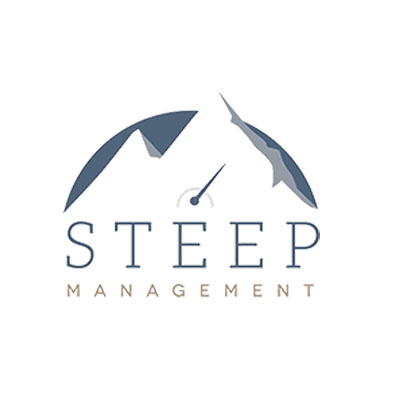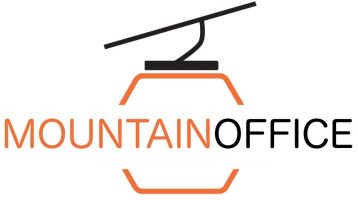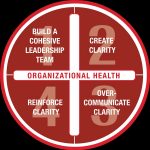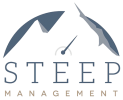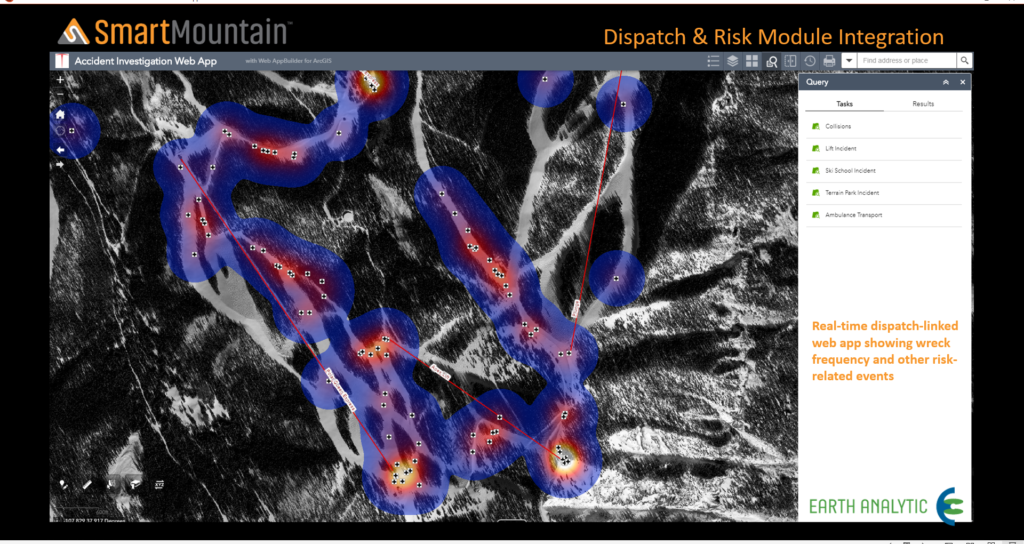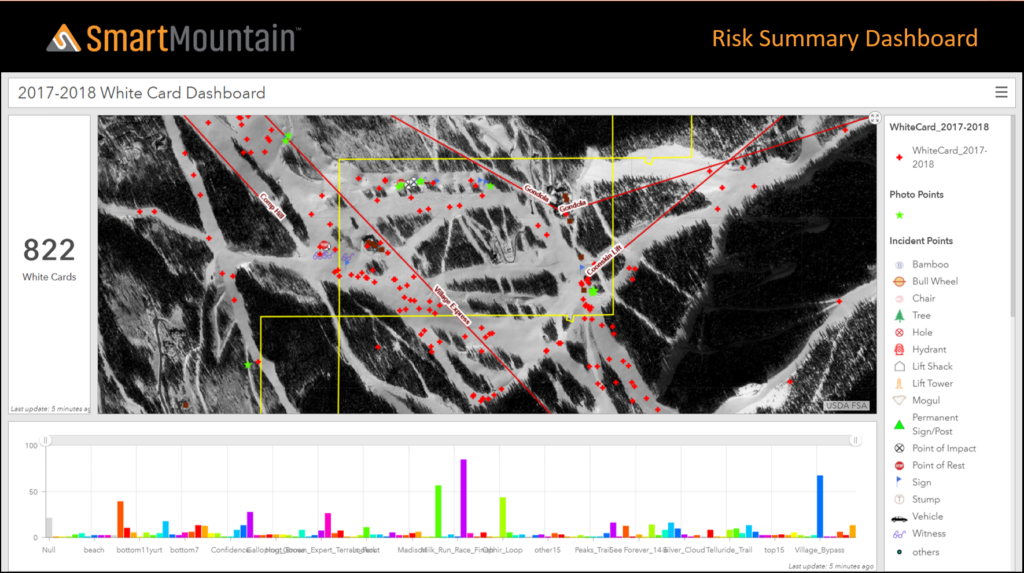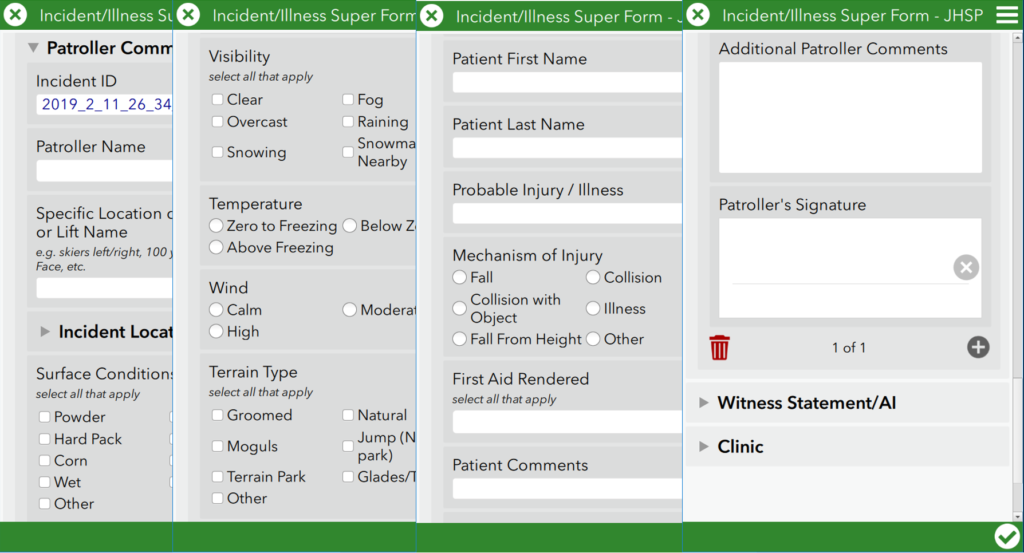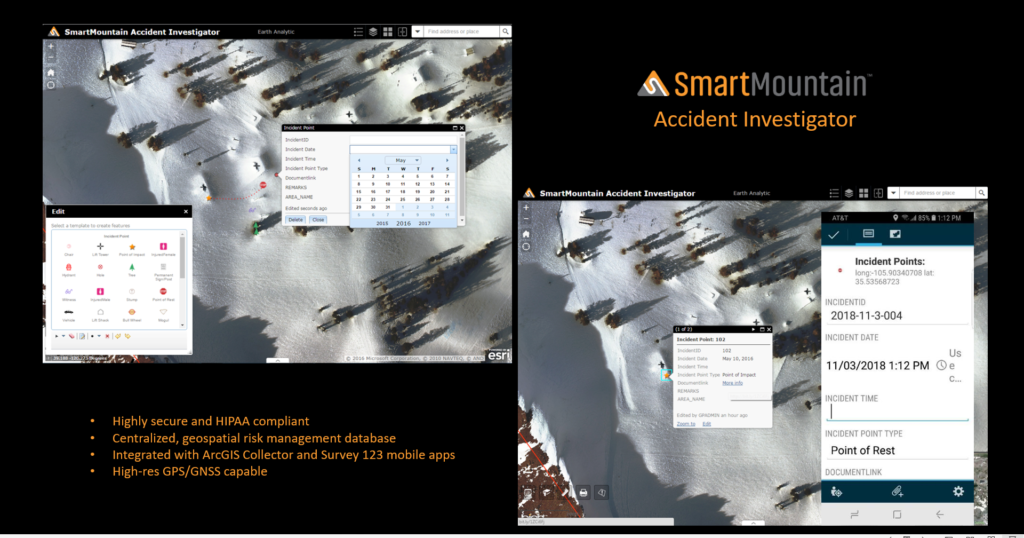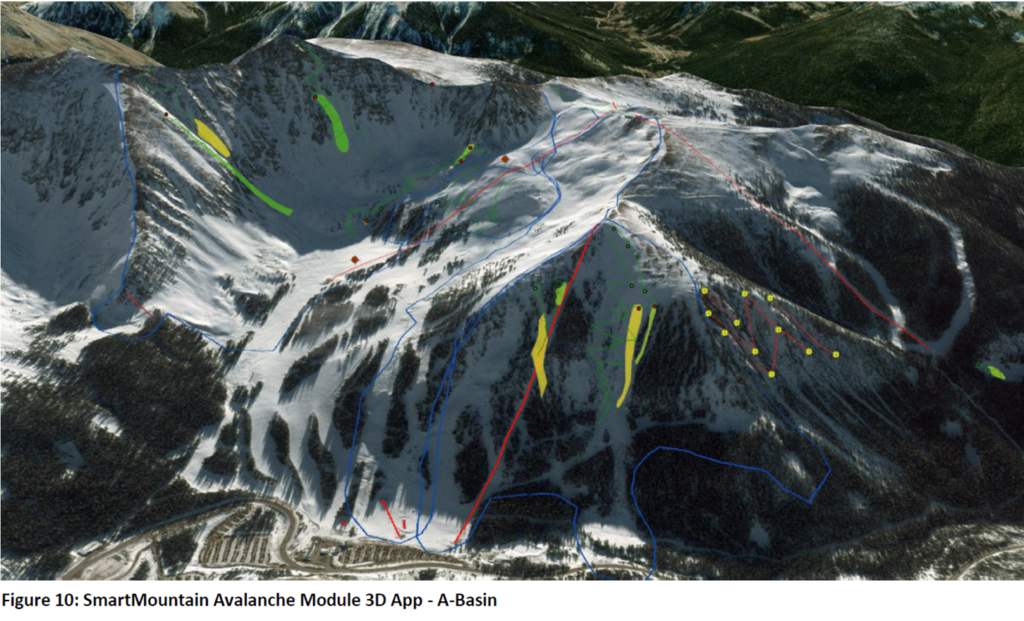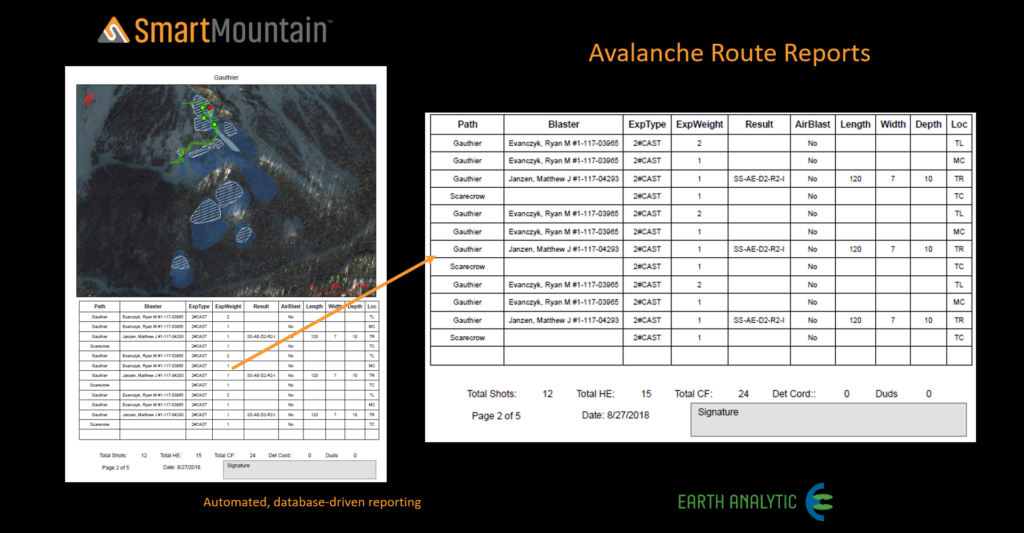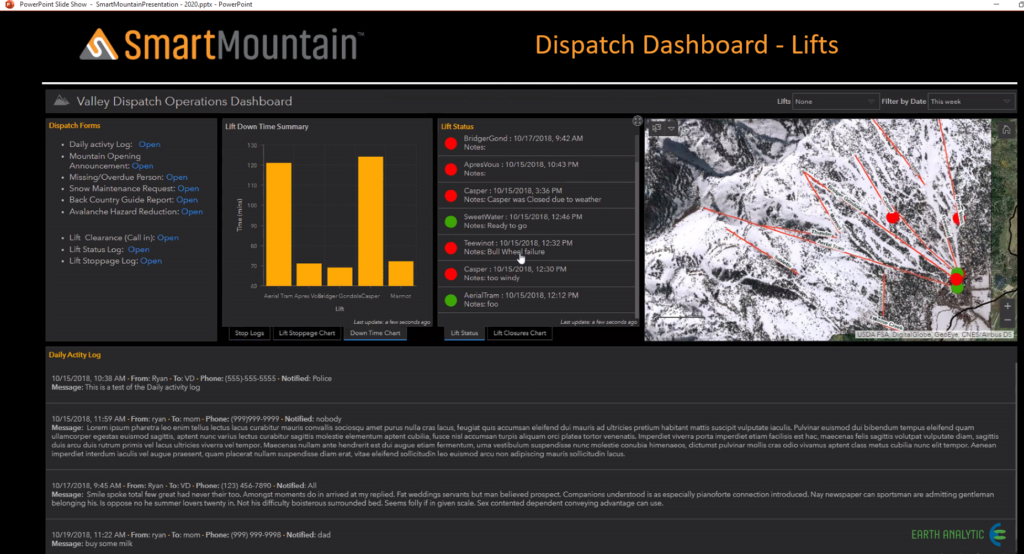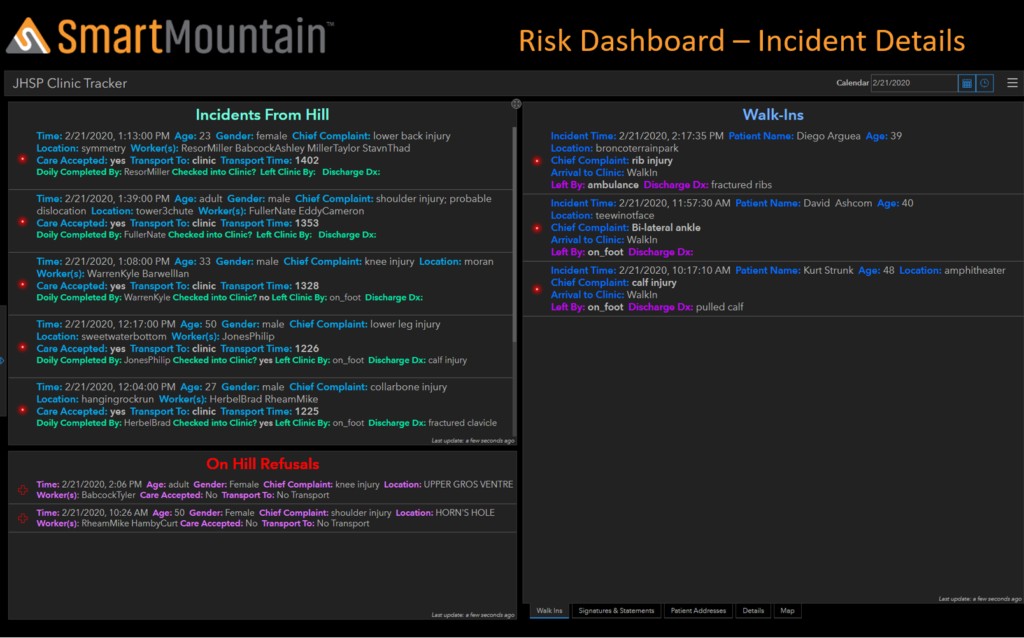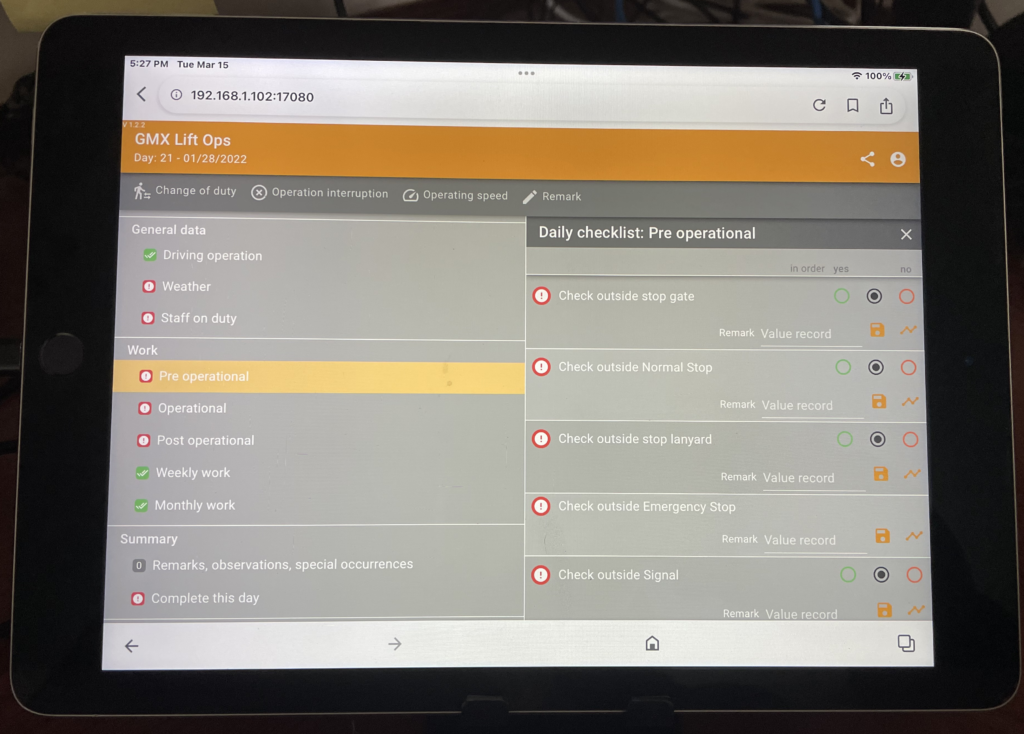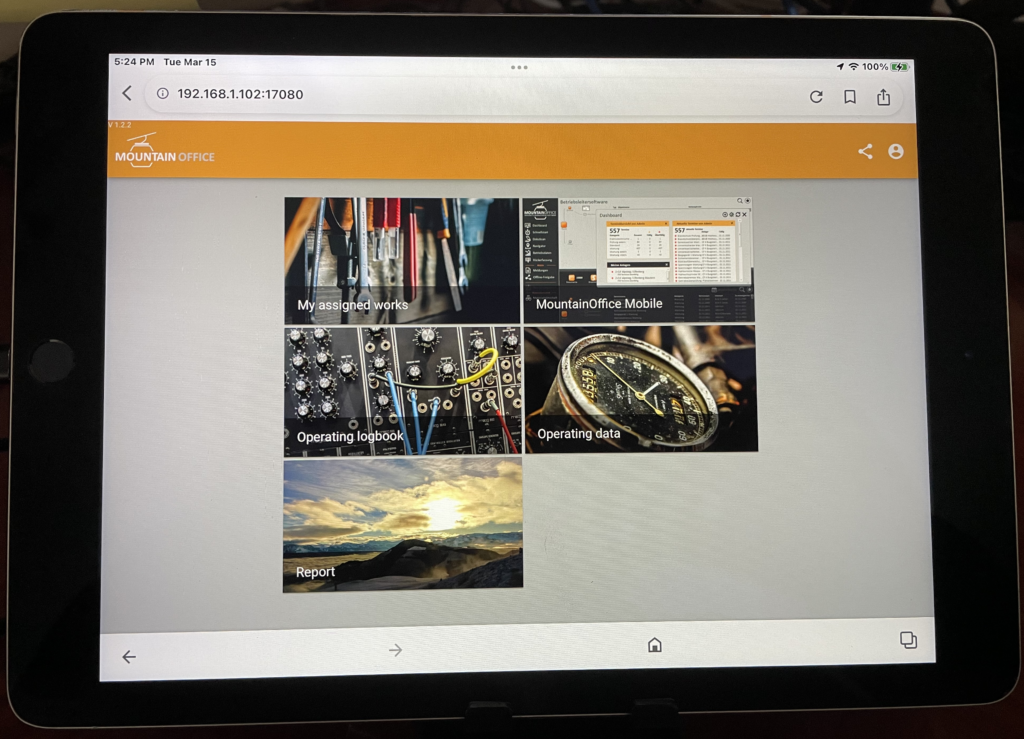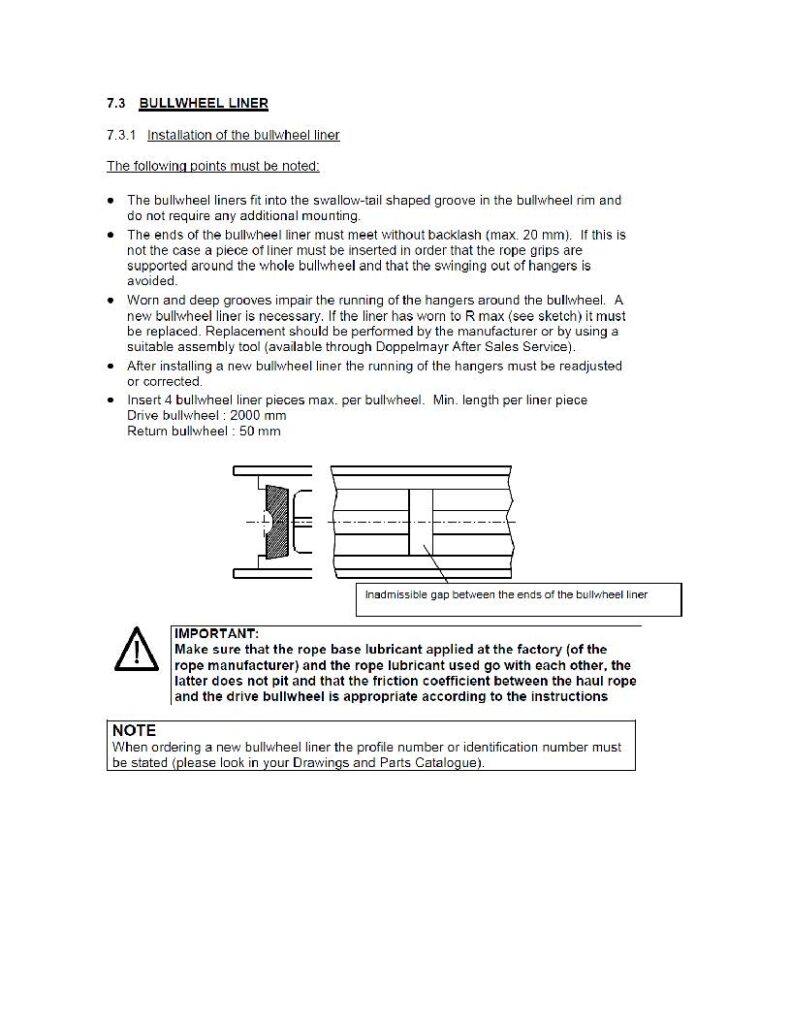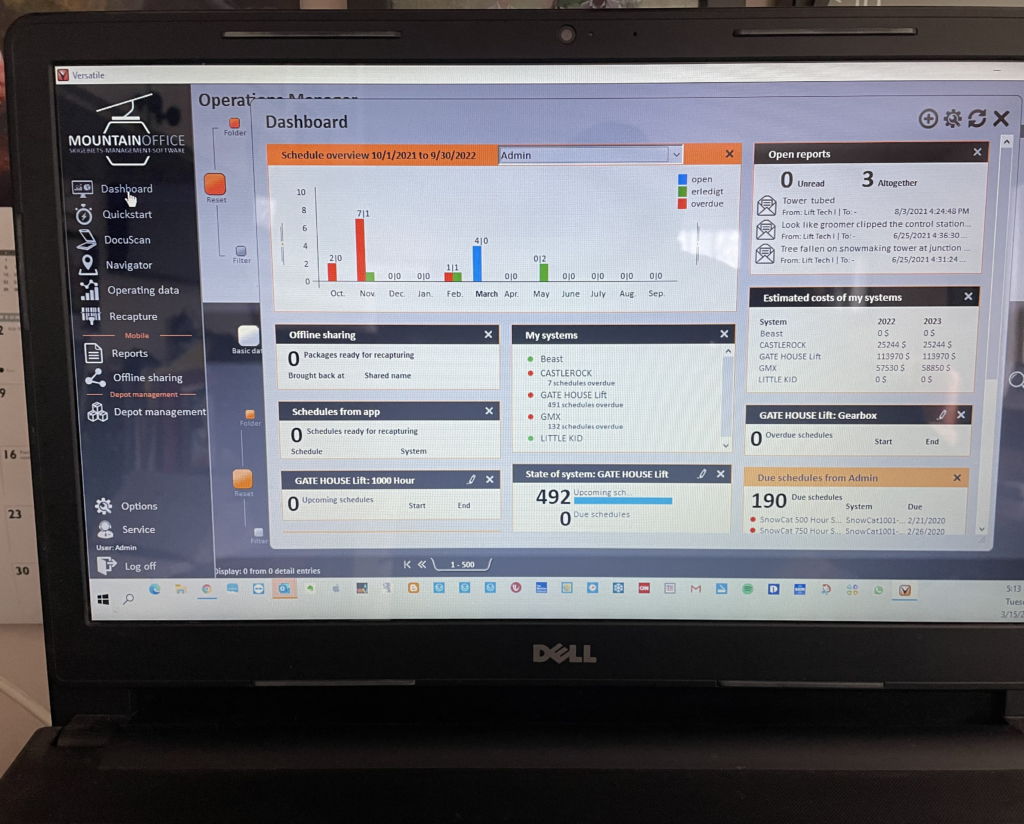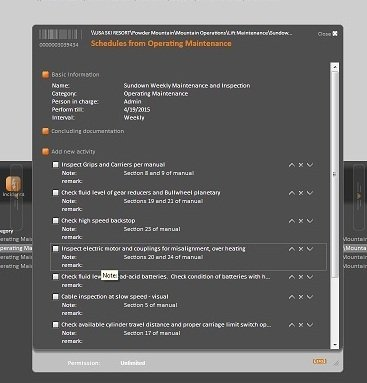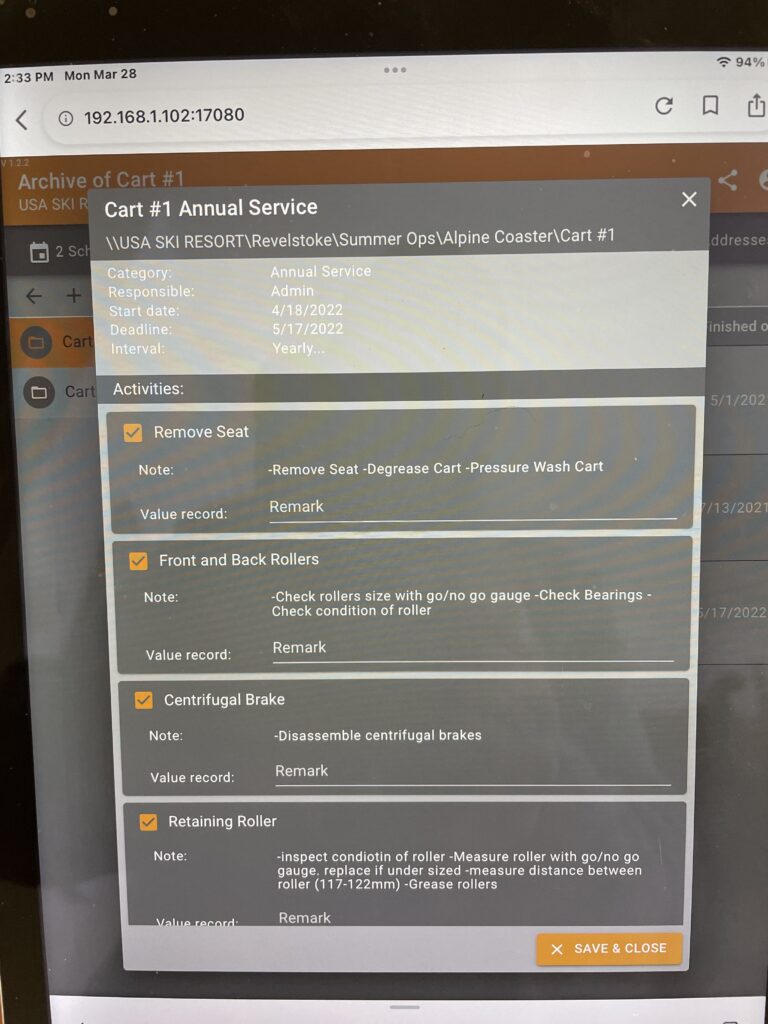Leadership is tough, not doubt about it

I am sure you have heard the statement that employees don’t quit companies but managers/leaders. I bet if you look back at your own experience,m and if you had quit, that the reason you quit was more your boss than the company itself.
Here is an article, 8 Things Leaders Do That Make Employees Quit, that I have paraphrased into the ski industry speak, but I hope you’ll read the article. Reflecting on this, you will realize this is just common sense, but unfortunately, our personalities and egos get in our way of being sensible.
The intro of the article makes sense, especially in this tight labor market, once we have a person on-board, we’d rather not lose them. In the paraphrasing, I am only sharing the example; suggestions on how to avoid the situations in the article are pretty clear, and you can make the transfer to the examples I have shared. Here are the 8 traits of leaders that cause employees to quit:
1. Setting inconsistent goals or expectations ( Or more often no goals or expectations)
At Lift 1, we have an inexperienced lift operator who has been told at all times to keep her load ramp clear and smooth. On a busy holiday, she has been doing so, but now there is a slew of people in the corral with the ramp needing attention. She is confused about what to do, clean the ramp, or load the waiting skiers. She knows the lift ops supervisor goes ballistic when the ramps are not kept as he like at all times, and she is afraid to ask how to deal with the current situation.
2. Having too many conflicts in process constraints
This example may not be relevant to some ski areas, but I think you will get the point. Grooming has a hard and fast rule that no groomed trail will be traveled on by a snowmobile before skiers having access. Sounds good and makes sense from a guest experience perspective. However, several times, lift maintenance in performing their pre-opening inspections has to access a tower that happens to be on a groomed trail. Unfortunately, Mountain Ops Director gets gnarly when he sees a virgin groomed trail soiled by snowmobile tracks. You see the conundrum but does the Mountain Ops Director. Don’t laugh, this happens.
3. Wasting resources
This one is easy to understand, especially from a seasonal staff person or a newbie hired in at minimum wage. So often these staff members are told there is no money to give them a raise or purchase something which enables them to do their job better. So, when they see waste by their boss, remember waste does not just relate to dollars, but it can be the boss wasting time, or their time being wasted doing something that has no perceived purpose.
4. Putting people in the wrong roles
The wrong role is one I don’t think is as apparent in our world. I do think when we hire people; we are pretty clear what they will be doing. I will say that in small ski areas where all perform many different tasks, the thought is often in terms of numbers. I don’t think there is a whole lot of thought given to what am I asking the person to do versus their capability and skills. It is, I need numbers to get this done, or you are available. If this happens to a staff person a lot, this could be a tipping point.
5. Assigning overly boring tasks
The ski industry has a lot of boring tasks, parking cars, checking tickets, and shoveling snow. These are not going away. My take is if the purpose and the value of the job in relation to the mountain’s operation are not explained satisfactorily to the staff, then the overly boring task can become a negative in terms of retention.
6. Failing to create a psychologically safe culture
This is a big one in my experience. I have seen the department meeting so many times where no one speaks except the manager, and when asked questions, everyone agrees. This type of environment is a sure sign of an unsafe psychological culture. It is tough in certain departments like lift operations where you could have a large staff, mostly all seasonal, and maybe a majority are new to the ski area. Creating a safe psychological culture takes effort on the part of the manager. All 5 of the above can be the steppingstones to building a safe culture. Having a culture where they feel safe in speaking up; sharing their thoughts is essential to having a good lift operations department.
7. Creating a work environment that is too safe
As those of you have heard me speak on accountability might recall how I stress the importance of conflict in any smooth functioning team. Without conflict, you never turn over all the stones. With conflict, you make better collective decisions. When there is advocacy for conflict, the conflict must be respectful and civil, not yell or attacking fellow workers personally. This is often difficult for people to understand. I always contend if we can be open minded hear different thoughts, a much better solution can evolve from such a discussion. My example here is in the lift maintenance department; we have a coupling failure that is reoccurring, and there are varying thoughts on why there was failure. If there is an environment where each member of the team can question the positives and negatives of each team member’s theory, then the resulting fix decision is probably much better than if just one person made the decision.
8. Leading with bias
Self awareness and feedback are the keys to leadership. Just because you rose to be the lift manager does not make you better than those you have been chosen to lead. You need to be fair to all. Your department is no more important than all the others in mountain operations. When you think you know it all, it is time to take a step back because you don’t, no one does.
So, these are eight don’ts. As the article says, “focusing on your own behaviors, what you can control, will do wonders to improve the performance and cohesiveness of your team.”
